Though weddings are as unique as the individuals getting married, the traditions involved are unquestionably routine. Their origins, however, are quite surprising.
The old saying “first comes love, then comes marriage” skips a crucial element in the process: the engagement ring.
Rings have long been a symbol of betrothal. According to Slate’s Megan O’Rourke, Egyptians and Romans supposedly exchanged them, as did Victorians (theirs were set with birthstones). But the origin of the diamond engagement ring as we know it is twofold and far from romantic. Its invention is often attributed to…wait for it…a jewelry company.
As Kamy Wicoff chronicles in I Do But I Don’t: Why the Way We Marry Matters, DeBeers splashed the tagline “A diamond is forever” over the image of a newlywed couple in 1947. Now more than 80 percent of engagement rings feature an icy rock (with an average price tag of $5,200 in 2011). But O’Rourke suggests another, more insidious reason for the rise in expensive engagement rings: the 1930s abolishment of “Breach of Promise to Marry” laws, which allowed a jilted lady to sue her former fiancé for “ruined reputation” compensation. Following these changes in legislation, a diamond engagement ring became a financial commitment used to allay the bride-to-be’s fears about being tricked into bed by a proposal and left with nothing but shame before a walk down the aisle sealed the deal.
Of course, rings are now a lovely symbol of a promised life together, and you’re free to wear any style you please, DeBeers be damned.



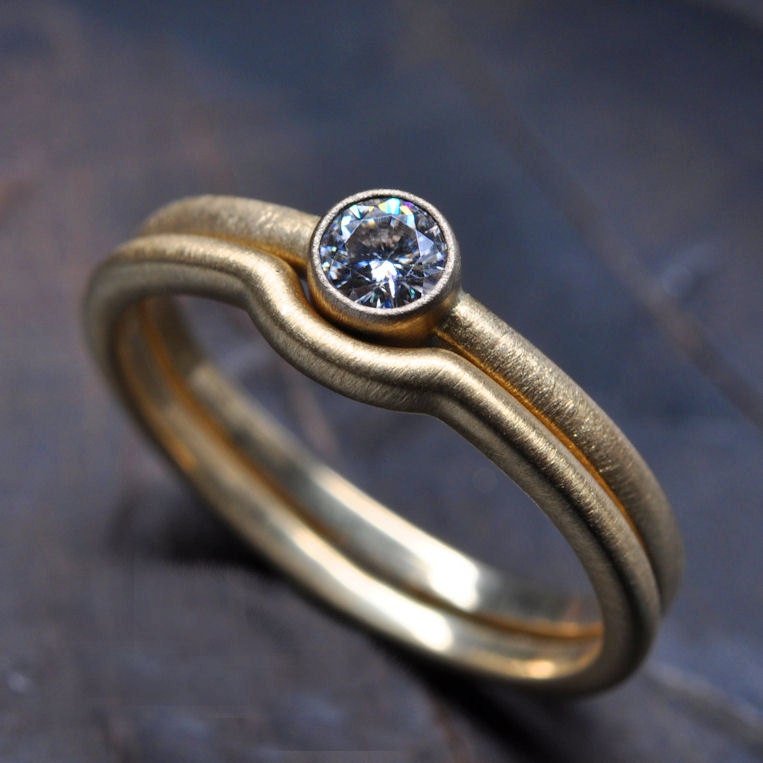
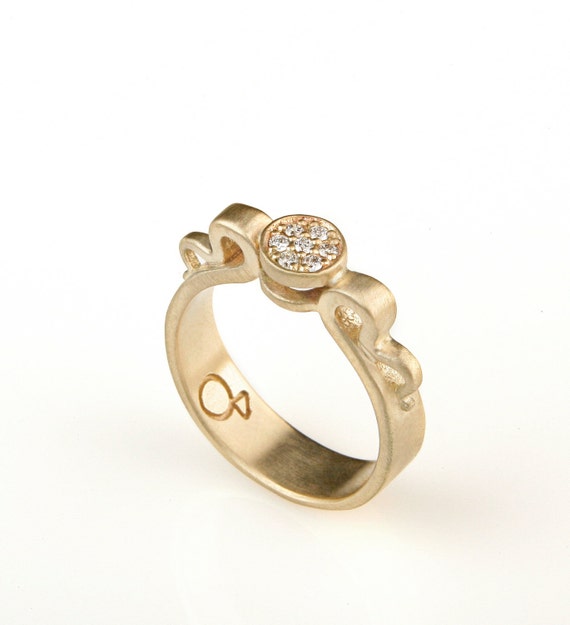
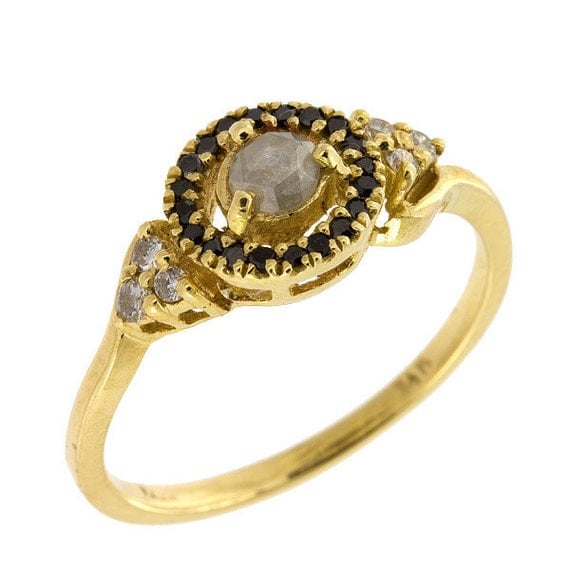
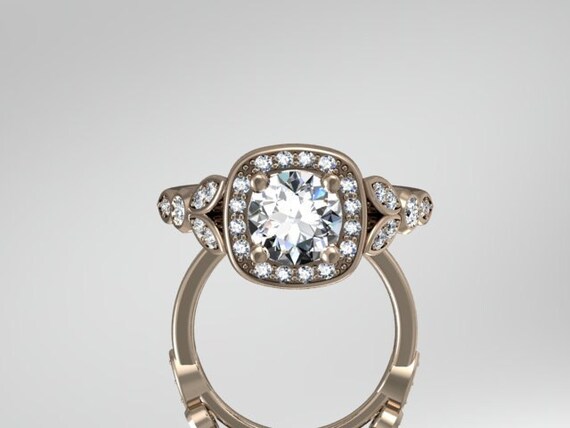
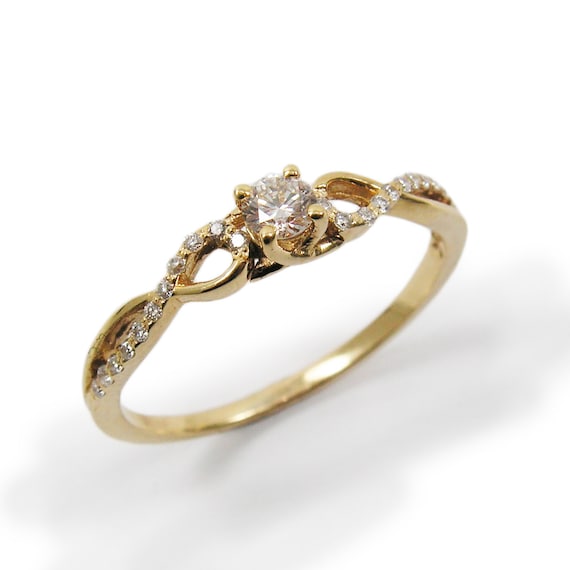


1
Sign in to add your ownLisa Alcala from MoonWishJewels says:
Very well said!
13 years ago